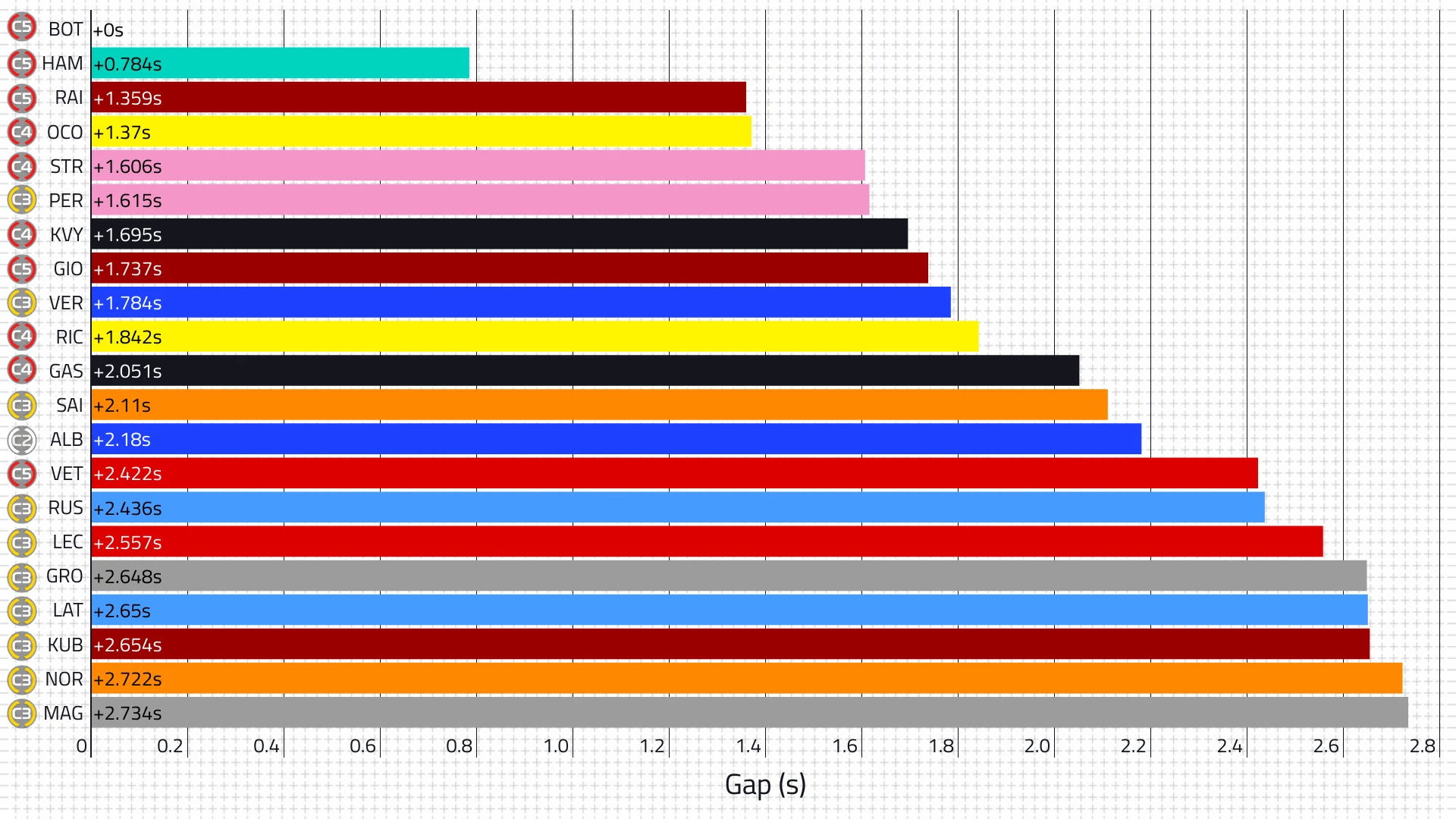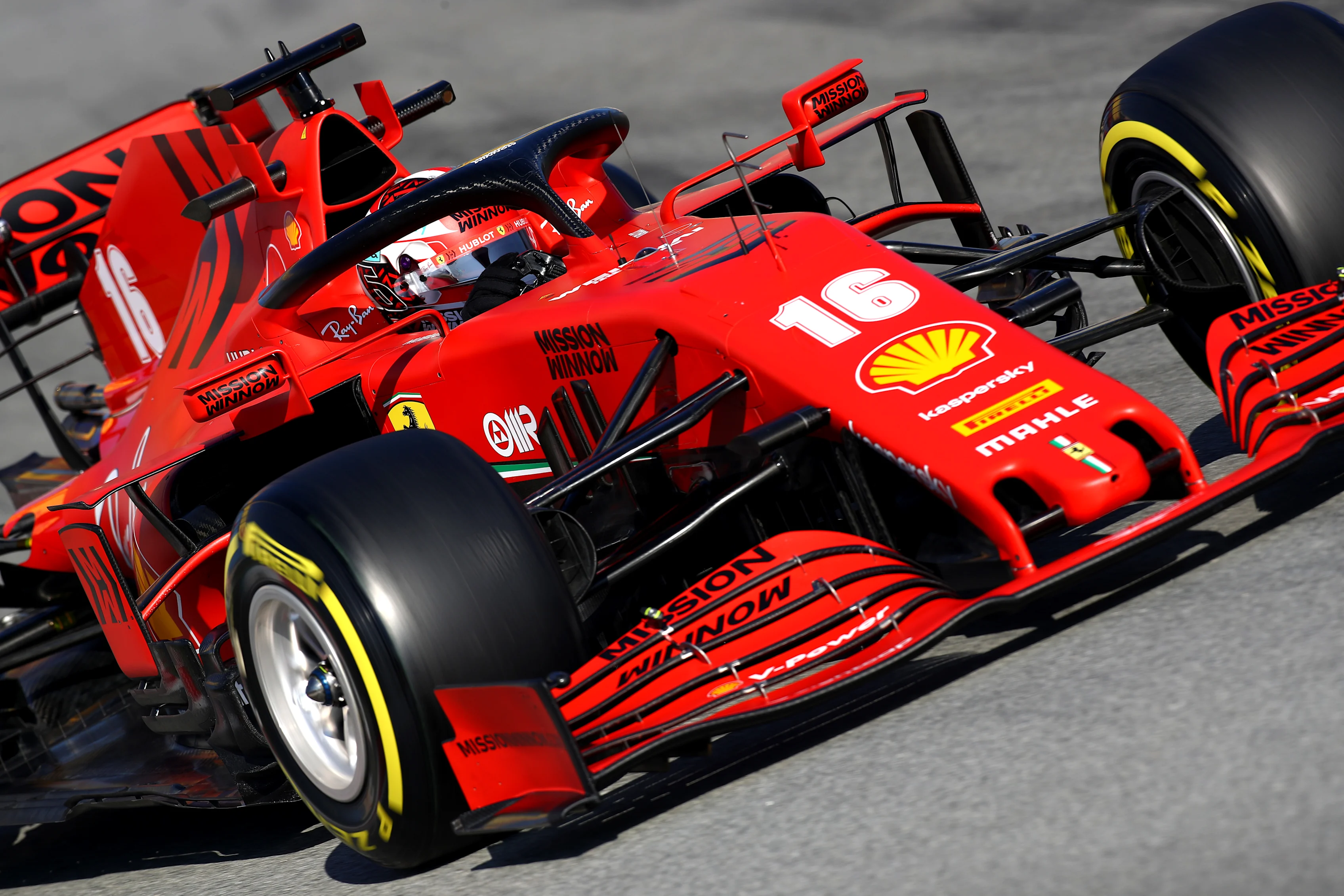This time last year the Ferrari garage was a happy place to be after the Scuderia's 2019 car flew in pre-season testing. But 12 months on, things aren't looking so rosy for the red team with the SF1000 near the bottom of the time sheets after the first week in Barcelona. So are they in trouble already? F1 technical expert Mark Hughes investigates...
All eyes will be on Ferrari going into the second and final week of pre-season testing, the Italian team having spent last week diligently validating the aerodynamic map of their SF1000 and running in a low-tune engine mode, estimated to be costing them around 1s of lap time.
This led to a headline lap time (1m 18.1s) that ranked above only Williams and Haas - and was 2.3s adrift of Valtteri Bottas’ fastest time in the Mercedes W11.

Team Principal Mattia Binotto admitted that they are behind their rivals (ie Mercedes), but it isn’t by anything like the amount suggested by the headline numbers. By the end of this week we should have a much better idea of how the car really stacks up.
So why so slow?
Last week’s very conservative run plan was a direct reaction to the difficulties experienced by the team at the beginning of last year, when they generally dominated pre-season testing, only to lose out to Mercedes at the first race in Australia.
Last year, only on the final two days of week 2 did the Mercedes W10 put together a Ferrari-matching time, whereas the SF90 had been running quickly for many days prior to that.
READ MORE: Our rivals are faster than us, admits Ferrari boss Binotto
However, the first race in Melbourne revealed a previously-unrevealed shortfall of front-end aerodynamic load that would compromise the car for much of the season.
Why had this not been revealed in testing? The feeling now is that the very cool conditions of last year’s tests meant that most cars were struggling to generate enough front tyre temperature, but that the Ferrari’s inherent understeer actually helped with this, taking the front tyres up to the temperature threshold where they performed.
This, it is believed, was responsible for the false picture that was uncovered in the higher track temperatures of the season proper.
TECH INSIGHT: Why Mercedes, Red Bull and Racing Point stole the show at week 1 of testing
So last week Ferrari were very carefully matching their tyre and aero loadings with their own simulations in order to have a deeper understanding of how the two were interacting.
With such a programme it was unnecessary to run the engine in anything other than its basic mode, something reflected in its being a solid last through the speed trap.
So don't panic, Ferrari fans. While the lap times don't look great at the moment, that doesn't mean the car doesn't have speed, just that the team have been working their programme in a different way to last season – something Charles Leclerc explained on Thursday.
Next Up



.webp)



.webp)